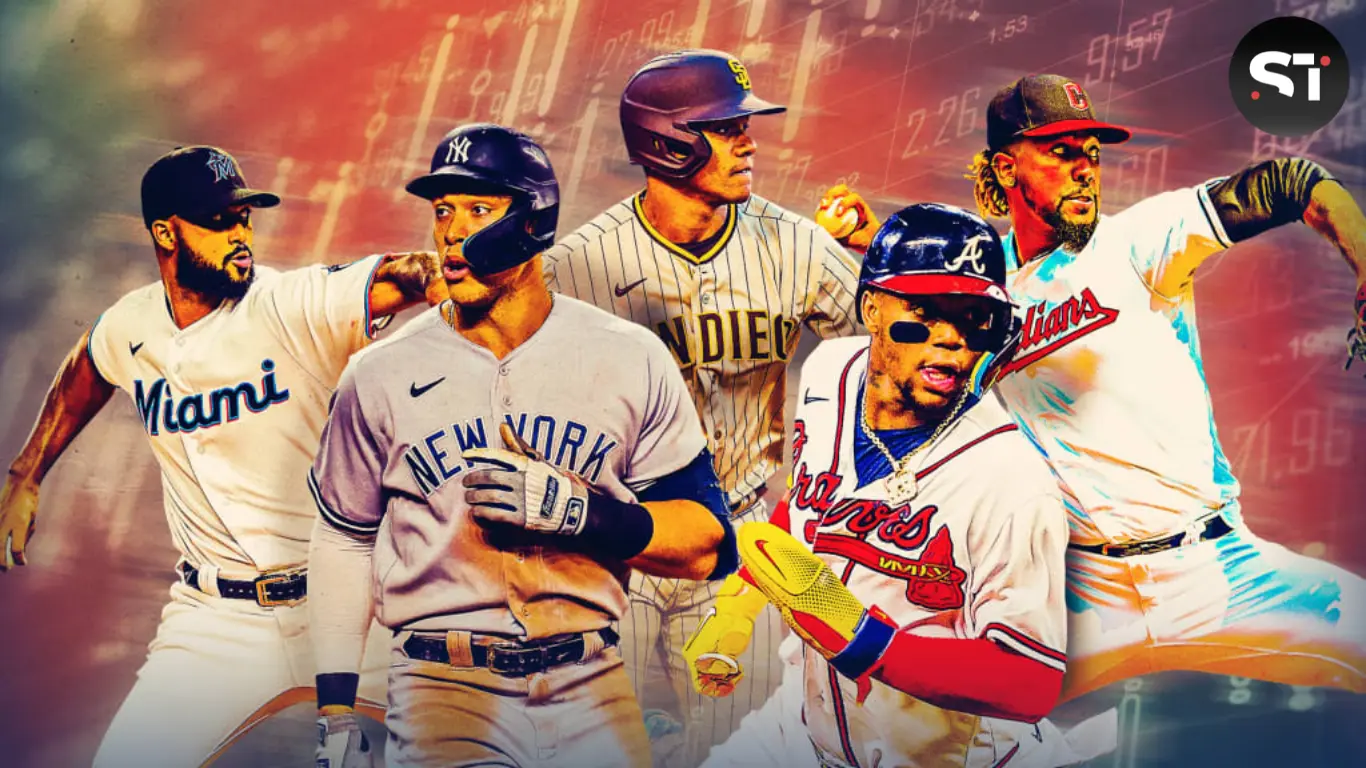Major League Baseball (MLB) pitching has undergone a remarkable evolution over the years. From the early days of the game to the present. Pitchers have continually refined their techniques, adapting to changes in the rules, equipment and strategies. Get to know more about the MLB pitching evolution.
This evolution has not only shaped the way the game is played but has also revolutionized the art of pitching itself. In this article, we will explore the MLB pitching evolution through the decades. Examining the key developments and innovations that have transformed the sport.
The Early Years: The Rise of Fastballs and Curveballs
In the early years of baseball, pitchers relied primarily on a limited repertoire of pitches, with fastballs and curveballs as the mainstays. These pitches were typically delivered using a simple overhand motion, lacking the finesse and variety seen in modern pitching.

However, as the game evolved, pitchers delved into experimentation with various techniques and grips, gradually refining their craft.
This pursuit of innovation gave rise to the development of more sophisticated breaking balls and off-speed pitches. Laying the foundation for the diverse array of pitches seen in today’s game.
Spitball and Submarine Delivery: The Deadball Era
During the Deadball Era (1900-1919), pitchers gained a newfound appreciation for the art of deception. This period saw the emergence of the spitball, a controversial pitch that involved applying saliva or other substances to the ball to alter its trajectory.

Pitchers also began experimenting with unorthodox delivery styles, such as the submarine delivery, which involved releasing the ball at a lower angle to the ground. These innovations added a new dimension to the game, challenging hitters to adapt to ever-changing pitching strategies.
The Liveball Era: The Rise of Power Pitching
With the introduction of livelier baseballs in the 1920s, pitchers began to focus more on power and velocity. This era saw the emergence of flamethrowers like Bob Feller and Lefty Grove. Who could consistently deliver fastballs in excess of 100 miles per hour.

Pitchers also began to refine their mechanics, incorporating lower body rotation and arm angles to generate greater velocity and movement on their pitches. The emphasis on power pitching revolutionized the game, paving the way for future generations of fireballers.
The Golden Age: The Art of Control and Precision
In the 1950s and 1960s, a new generation of pitchers emerged who focused on control and precision rather than sheer velocity. Pitchers like Sandy Koufax and Greg Maddux mastered the art of hitting their spots and changing speeds. Keeping hitters off balance with a diverse array of pitches.

This era saw the rise of the slider as a dominant pitch, with many pitchers using it to complement their fastball and keep hitters guessing.
The emphasis on control and precision highlighted the importance of strategy and finesse on the mound, laying the groundwork for the modern era of pitching.
The Modern Era: The Era of Specialization and Analytics
In recent decades, advancements in technology and analytics have transformed the way pitchers approach the game. With the advent of tools like PitchFX and TrackMan, pitchers now have access to a wealth of data on pitch velocity, movement, and spin rate.

This information has enabled them to fine-tune their mechanics and optimize their pitch selection. Giving rise to a new era of specialization and strategy. Today, pitchers are more specialized than ever before, with many focusing on mastering a specific pitch or delivery style.
Moreover, This trend is evident in the growing popularity of pitches like the slider and cutter. Which offer a unique blend of velocity and movement. Pitchers also rely heavily on advanced scouting reports and video analysis to identify hitters’ weaknesses and exploit them effectively.
Suggested Read: The Origin and History of The Ashes: Everything You Need To Know
Wrapping It Up
The MLB pitching evolution has been a dynamic journey, characterized by relentless innovation, daring experimentation, and seamless adaptation.
From the rudimentary fastballs and curveballs of yesteryears to the sophisticated realm of specialized pitches and data-driven analytics in the contemporary era. Pitchers have ceaselessly explored the limits of their craft.
Moreover, as the game perpetually evolves, one undeniable truth endures: the mastery of pitching stands as an enduring cornerstone in the intricate tapestry of baseball. Exerting an indelible influence on its future for generations to come.








[…] Suggested Read: From Underhand to Overpowering: The Dynamic MLB Pitching Evolution […]
[…] Suggested Read: From Underhand to Overpowering: The Dynamic MLB Pitching Evolution […]
[…] Suggested Read: From Underhand to Overpowering: The Dynamic MLB Pitching Evolution […]